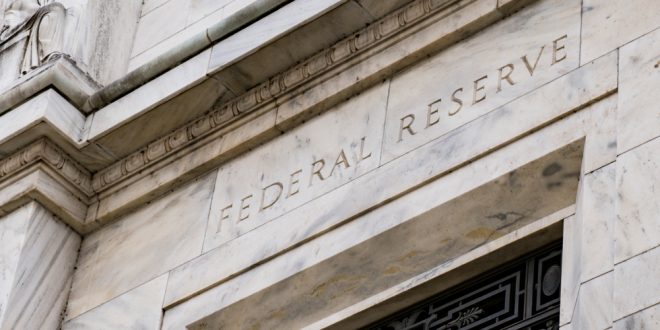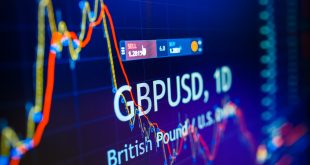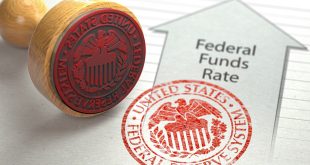The two-day Federal Reserve policy meeting concluded on Wednesday with most outcomes falling in line with expectations, as the Federal Open Market Committee (FOMC) decided to keep the current interest rate range near 0% and the pace of asset purchases at $120 billion a month.
The central bank reiterated its commitment to supporting the economy, with its full range of tools, until it recovers from the coronavirus pandemic, noting once again that the path of the economy and the recovery progress will depend significantly on the course of the virus.
The recent surge in consumer inflation was reflected in the updated economic projections. However, the Fed continued to say that the current inflationary pressures would be transitory or temporary
Nonetheless, the press conference following the end of the meeting and releasing the policy statement saw the Fed Chairman Jerome Powell assuring markets that the central bank is prepared to deal with a faster or longer rise in inflation.
Perhaps the biggest important update came when Powell announced the Fed had the first discussion about reducing the current size of asset purchases, which would be the first step in cutting back the stimulus or economic support measures and the easing policies.
The Fed still says this will not happen until substantial further progress has been made toward the FOMC’s maximum employment and price stability goals, which is inflation at 2%.
It is expected that Powell could signal the beginning of the tapering in his Jackson Hole speech next August, with the Fed easing the bond buying in late 2021 or early 2022.
Another highlight was the Fed’s expectations that it will raise interest rates twice in 2023, which would be earlier that it had previously expected.
The Fed acknowledged that progress on vaccinations has reduced the spread of the pandemic and the positive economic indicators.
“The sectors most adversely affected by the pandemic remain weak but have shown improvement. Inflation has risen, largely reflecting transitory factors. Overall financial conditions remain accommodative, in part reflecting policy measures to support the economy and the flow of credit to U.S. households and businesses.”
“Progress on vaccinations will likely continue to reduce the effects of the public health crisis on the economy, but risks to the economic outlook remain.”
The Fed has revised upwards its median expectations for economic growth in 2021 to 7%, from 6.5% in March, maintaining the same forecast for the gross domestic product (GDP) growth next year at 3.3$, but seeing growth reaching 2.4% from a previous 2.2%.
Unemployment is still seen at a median 4.5%, before improving to 3.8% next year and 3.5% in 2023.
The projection for the inflation rate was also raised to 3.4% for 2021 from 2.4% and 2.1% and 2.2% for 2022 and 2023, respectively, with each being raised by 0.1%.
Core inflation is now seen at a median 3% this year, from 2.2% in March.
Addressing the excessive liquidity issue, the Fed raised the interest rate on excess reserves from 0.10% to 0.15%.
 Noor Trends News, Technical Analysis, Educational Tools and Recommendations
Noor Trends News, Technical Analysis, Educational Tools and Recommendations





